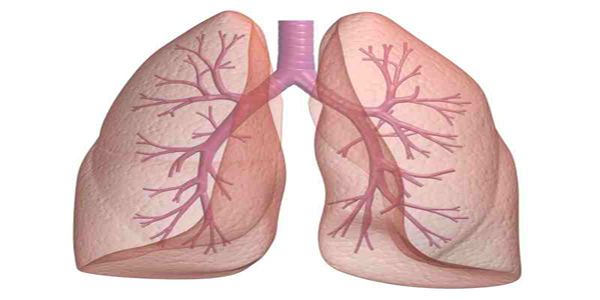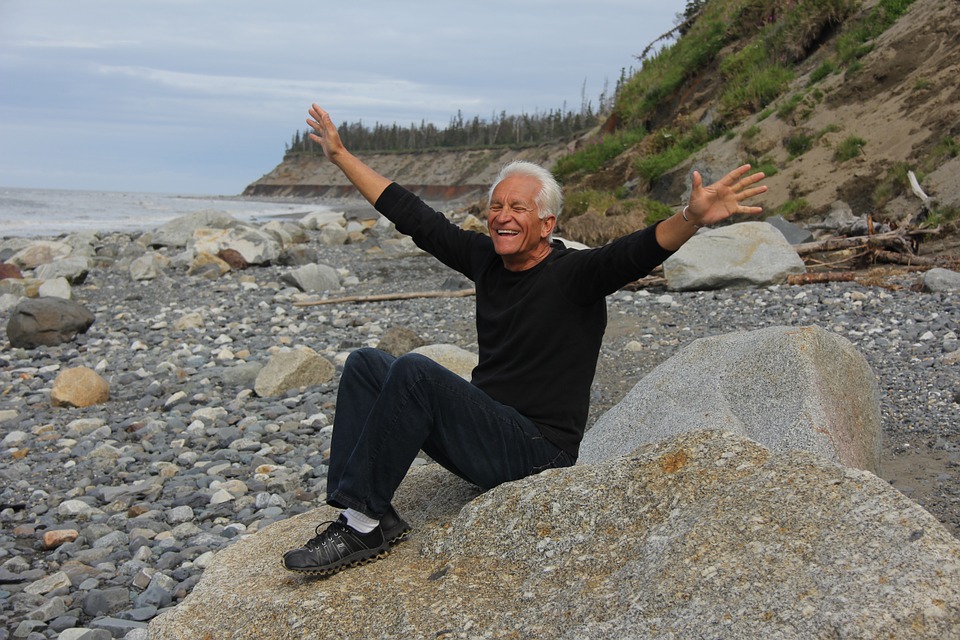From alcohol analysis to medical diagnosis, the breathlyser may help save lives in more ways than one
Steph Nash
Specific compounds found in exhaled breath may help diagnose lung cancer in its early stages, according to a study released earlier this year. Professor Nir Peled from Tel Aviv University, Israel, and his team of researchers have developed a device that is both able to detect cancer cells in human breath, and discriminate between an early stage and late stage of the disease.
The device, which is currently being modified to support USB ports, is called the NaNose, and works by sniffing out cancerous clusters in samples of exhaled breath. Previous tests using the NaNose have been highly successful, promising a drop in false-positive diagnoses for patients if released in Australia.
”The NaNose was able to detect lung cancer with a very high accuracy, even when the lung nodule was tiny and hard to sample,” Peled said. ”It was even able to discriminate between sub-histologies of cancer, which was unexpected.”
This method of non-invasive cancer detection was developed earlier in the year, with Dr Michael Bousamra from the University of Louisville, Orlando, reporting a 95 per cent success rate of identifying cancer.
”The novelty of this approach includes the simplicity of sample collection and ease for the patient,” Bousamra said. ”Instead of sending patients in for invasive biopsy procedures when a suspicious lung mass is identified, our study suggests that exhaled breath could identify which patients may be directed for an immediate … biopsy and resection.”
Before now, biopsy procedures have been used to determine the malignancy of cancer clusters, which can be extremely painful for the patient and require days of healing time. The NaNose could mean less time and money for patients, with current advancements being made to possibly allow for self-diagnosis.
“This approach of non-invasive measures to detect cancer is very attractive and may contribute significantly to efforts to fight lung cancer, to detect lung cancer early enough, and reduce the mortality from this terrible disease,” Peled said. ”We still have a long way to go, however we are moving forward and hope to have such tools available in the clinic in the coming years.”
Professor Kwun Fong from Lung Foundation Australia, says although this technology is not yet available in Australia, research is currently underway to develop a similar cost-effective device.
“Our group and others are researching other platforms that may be able to detect the exhaled volatile organic compound (VOC) profile or “smell print” that characterises lung cancer,” Fong said. “These machines are most often either very powerful mass spectrometers, or use solid-state sensors – including electronic noses – that can detect chemicals in the breath.”
Professor Fong says that the most common method of detection in Australia is the CT scan, which although accurate, does not compare to the advantages of sensor technology.
“CTs are costly, need advanced scanners and deliver a relatively high amount of radiation,” he said. “High radiation doses are a risk factor for the development of cancer later in life, especially for younger people.”
The introduction of the NaNose in Australia could be revolutionary, allowing for instant cancer detection at general practices.
Lung Foundation Australia CEO, Heather Allan, urges that lung cancer doesn’t discriminate, with more than 11,000 Australians diagnosed with the disease every year.












